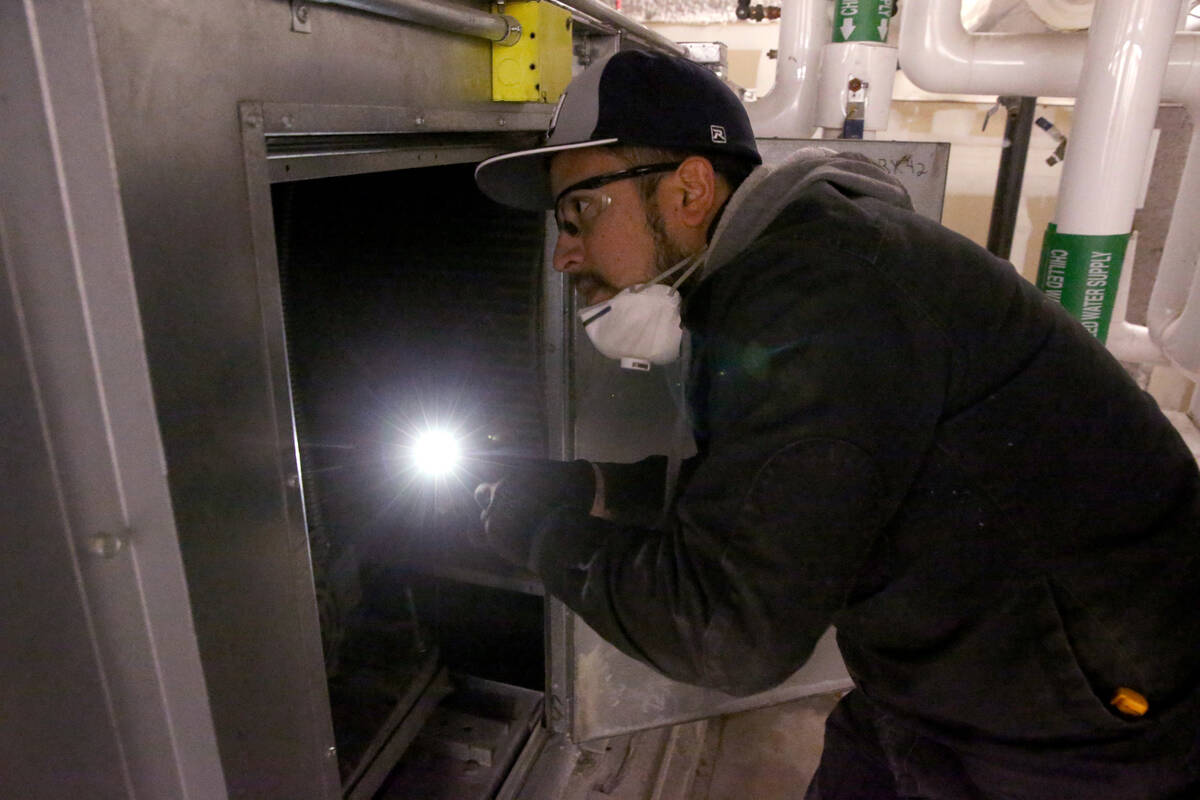EDITORIAL: Hot classrooms stem from mismanagement, not lack of money

If you want another example of how money can’t fix a broken system, look at the frequent air conditioning outages in the Clark County School District.
It was a hot summer. It usually is in Las Vegas. Working air conditioning is a must for schools, especially when class begins in early August. Vicki Kreidel, president of the National Education Association of Southern Nevada, said recently, however, that broken A/C units are a common issue in the district. For its part, the district said it wasn’t sure how many schools didn’t have working air conditioning.
It’s understandable that money would be the reflexive solution to this concern.
One problem. Nevada has already tried this approach. It didn’t work.
Time for a trip down memory lane.
In 1998, Clark County voters approved a school bond. The district and Southern Nevada were growing rapidly. That bond eventually gave the district $4.9 billion. It built more than 100 new schools, replaced 19 schools and paid for $1.6 billion in other school improvements. This money allowed the district to accommodate more than 100,000 new students. District enrollment would eventually top 320,000.
In 2012, the district wanted more capital funding and went to voters asking for a property tax increase. In September 2012, the air conditioning failed at Diskin Elementary School. The district rushed to claim this showed why it needed additional money. But the A/C at Diskin Elementary School wasn’t on the list of proposed projects. Voters rejected that tax increase.
But the district was undeterred. In 2015, it successfully asked the Legislature to bypass voters and allow it to issue more bonds. That gave it more than $4 billion over 10 years. Unlike in 1998, the district isn’t growing. It’s shrinking. Its total enrollment topped 320,000 in the 2017-18 school year. Currently, its funded enrollment count is under 292,000.
That means there should be plenty of money to keep the cold air flowing. But its A/C problems still run hot. In September 2022, the Review-Journal noted, “24 CCSD campuses report full A/C outages over first 4 days of school.”
The problem isn’t a lack of money but a lack of maintenance. In part because of collective bargaining, the district has long skimped on that in order to pay teachers more.
In 2018 the Council of Great City Schools reviewed the district. It “found no evidence of a formal plan for predictive, preventive, or routine maintenance programs, which has caused a considerable (and growing) unfunded deferred maintenance backlog,” its report said.
No one wants kids roasting in classrooms. But repeating failed solutions won’t solve this problem.